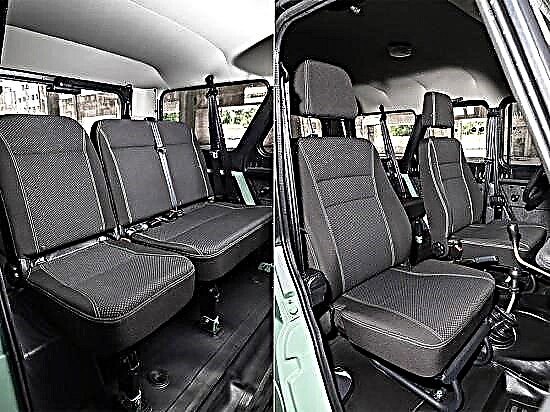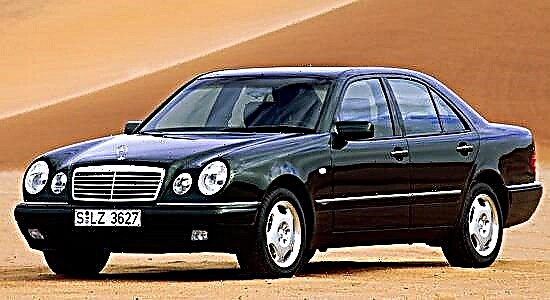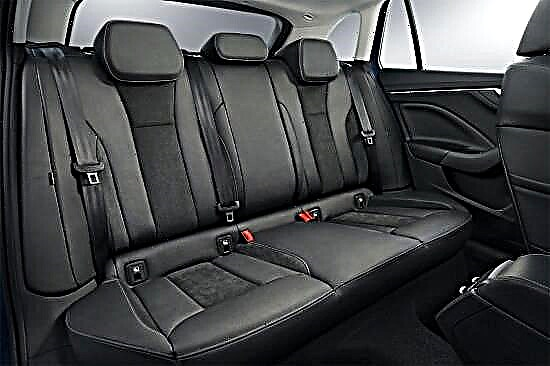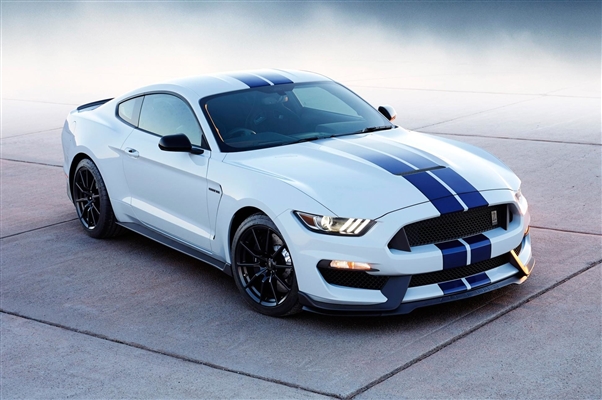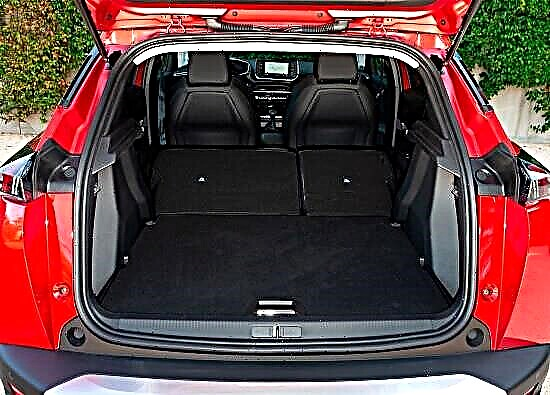Functionally, snow chains are essentially a removable tread, making it possible to transform a regular road tire into an off-road wheel. Structurally, this is a chain, often reinforced, tied so as to evenly braid the tire around its entire circumference. Such a structure consists of two longitudinal chains or cables - external and internal, passing along the circumference of the wheel, which are connected by transverse chains or rubber "lugs".
The purpose of the anti-skid chain is to significantly increase the grip of the wheels (and, accordingly, the cross-country ability of the car) on ice, on loose snow, deep mud, etc. In practice, it may look like this. You go fishing - drive 100 km on an asphalt surface on ordinary tires, and then turn onto a country road, where the very “hard off-road” begins. Then you put on snow chains - and you can continue driving, having much less chance of slipping or getting stuck in the mud. And such places as, for example, icy steep climbs, without snow chains, to overcome oh-oh-very problematic even on studded tires.
First of all, snow chains are divided into two classes: “hard” and “soft”. In the former, the chains themselves are used as crossbars, and in the latter, reinforced rubber "lugs".
There are two basic types of patterns (see picture): “ladder” and “rhombus / honeycomb”. In the first, longitudinal chains / cables are connected in straight transverse pieces, in the manner of a rope ladder. In the "diamond" they are connected obliquely, getting a "spider web" pattern. Chains also differ in the size and shape of the link (or lug).  Different materials are used for chains - steel, titanium (expensive), aluminum and reinforced plastic. Sometimes the chains are additionally reinforced with metal spikes.
Different materials are used for chains - steel, titanium (expensive), aluminum and reinforced plastic. Sometimes the chains are additionally reinforced with metal spikes.
It is impossible to say unequivocally which snow chains are better. Everything is individual and depends, first of all, on the driving conditions. Thus, “hard” chains are better suited for off-road conditions than “soft” ones, but they do not allow moving at a speed of over 40 km / h. "Soft" make it possible to travel at speeds up to 80 km / h and much less than "hard" wears out the rubber. Therefore, for those who left the highway and went to knead deep off-road, the "hard" option is better suited. For those who drive in such a way, where sections of flat roads and a soggy country lane (for example, in the region) constantly alternate, “soft” ones are more suitable.
The same can be said for the dimensions of the chain links. The larger the link, the more “off-road” qualities, but more weight, worse driving on a flat road and higher rubber wear.
As far as cars are concerned, snow chains can be used on almost any vehicle. Except, perhaps, some sports cars (and hardly anyone would think to go hunting in a sports car). When it comes to tires, we can say for sure that “rigid” chains are not suitable for ultra-low profile wheels 50 inches or less. But the “soft” model can be found even in this case.
Chains differ in classes - for cars, for SUVs and for trucks. But here, first of all, the size of the wheel plays a role: the chain covers from two to four standard sizes along the radius. In addition, for SUVs and trucks, chains are made with large links, often additional spikes are installed.
It is not necessary to install snow chains on all wheels of the vehicle - it can only be used on the drive axle. It is advisable when driving on not very "steep" off-road, when using it from time to time "according to the weather", as well as to overcome problem areas of a country road.
In order to put snow chains on the wheels of the car - the chains are laid out in front of the wheels of one axle exactly along the axis of movement - so that the locks on the outer side chain are on the outside (along the side) and “look” forward. The rear side chain hook should be on the inside (towards the bottom). Next, you need to drive in with the wheels on the chains so that they stop 20-30 cm from their end. After that, you should put most of the chain on the wheel and hook the hook on the inside. Then you need to straighten all the links on the wheel (for “soft” ones - put on the adjusting cable / chain), and then hook the lock on the outer side chain.
Then you need to "roll", having driven 10-50 m, so that the chain settles down, and then tighten the locks again.
Experienced SUV owners put on chains with a bang, and for them it's no more difficult than tying their shoes. But for many motorists, especially at first, putting on snow chains turns out to be the main "stumbling block", and there are many who refuse to use them precisely because of this procedure. In any case, before using the chains, you should first practice putting them on somewhere on the site - it will be easier on the road.
As for tires, you can tell right away: all chains wear out rubber. “Hard” is more, “soft” is less. Wear also depends on the frequency of use of the snow chains. The rubber actively begins to “eat up” during prolonged driving “in chains” on a hard road, sharp braking and acceleration, with too weak adhesion to the wheel.
As for the car, the main danger here is the violation of instructions and faulty chain locks. Do not exceed the speed prescribed by the instruction for the chain. In this case, under the action of centrifugal force, the chain can “break off” from the wheel and hit the wheel arch.
In the worst case scenario, the chain lock will break, and it will catch on suspension parts (for example, on the lever), which can lead to serious damage and even an accident. The condition of the links, locks and the reliability of the fastening must be carefully checked.
Manufacturers and prices of snow chains.
Since it is quite simple to make snow chains, they are made by many metalworking enterprises both in Russia and abroad. For example, in the online store "snow chains.rf" you can buy chains on wheels for any "iron horse" - from a passenger car to a truck and special equipment.
The average price of a set of two snow chains for a car or SUV is 3000 ~ 4000 rubles, for a truck - 5000-6000 rubles. Snow chains for special equipment wheels can be purchased at a price of 7,000 ~ 10,000 rubles.
But there are also more expensive, “sophisticated” ones (for example, stainless steel chains, reinforced with additional spikes). Top of the "toughness" - titanium chains, which are made to order.

